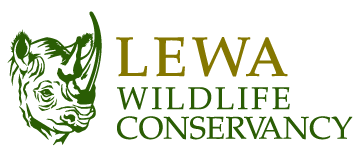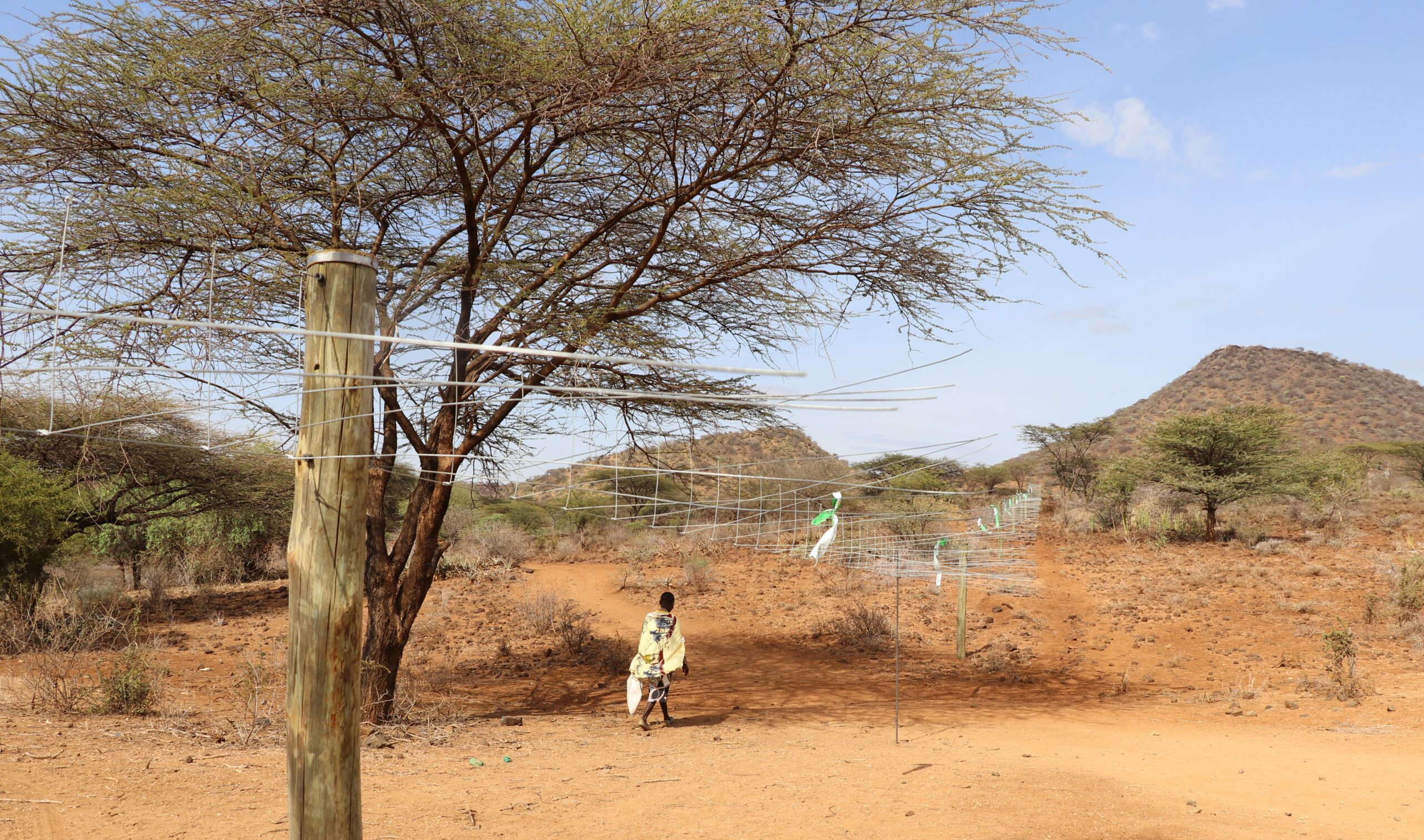For the past three years our friend, colleague, PhD. Candidate and Lewa Canada board member, Marc Dupis-Desormeaux, has been studying the wildlife activity at Lewa’s fence gaps together with the Research Department. The gaps allow for the passage of game between Lewa and its surrounding neighbours in communal and private lands. They are placed there to allow movement between important habitats in the northern Kenyan range lands. This is of particular importance to the community conservancies who are trying to build up stocks of wildlife as part of their role in conservation and wildlife tourism.
Unfortunately, however, fence gaps can also have unintended consequences and these are often difficult to predict. For example, the location where the gap is placed will also be a site of increased and predictable wildlife concentrations. Animals using the gaps may tend to use these passages at certain times of day and predators often cotton-on to this, targeting the gaps as places to get easy meals. Fast food for our feline friends! We need to ensure that the fence, put there for the protection of wildlife, is not also putting it at risk from the predators. Equally, by attracting predators to the fence gap, we may be inviting increased human wildlife conflict with the pastoral people living within a stones throw of the fence in communities like Leparua, Il Ngwesi and Lekurukki[ZD1] .
Happily however, Lewa’s fence gaps appear not to be part of this so-called Predator Trap phenomenon as Marc has been able to conclusively demonstrate in his study. Lewa’s fence gaps are highly utilised by all its wildlife and appear to be an essential part of their migratory patterns, but they are not creating artificial or unintended changes in predation.
Take a look at the attached poster Marc will be presenting to the Animal Behaviour Society conference this summer.








